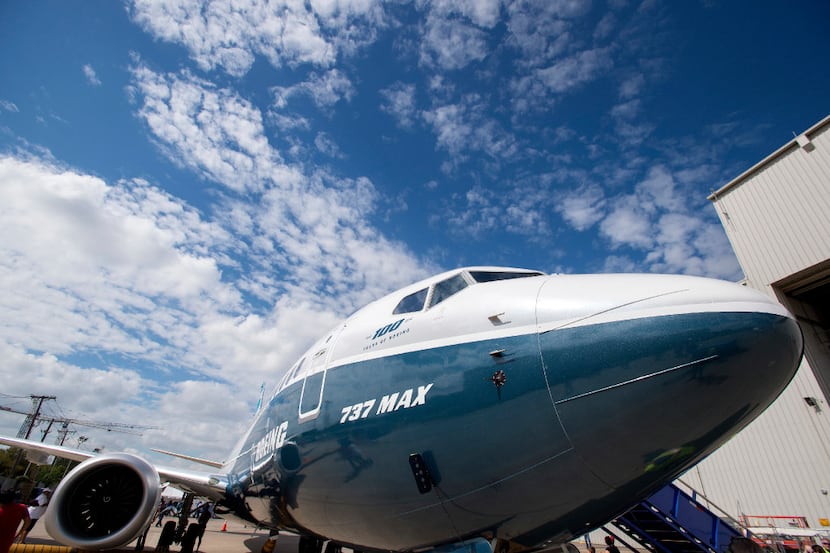U.S. airlines are reiterating guidance to their pilots Wednesday regarding how to respond to a potential sensor failure that’s been targeted in the investigation of the crash of a Boeing 737 Max aircraft in Indonesia last week that left 189 people dead.
The plane’s manufacturer, Boeing, put out a service bulletin late Tuesday instructing pilots how to respond to problems with a sensor that could cause the airplane to enter a dangerous dive while being piloted manually.
The Federal Aviation Administration formalized that advisory Wednesday with an emergency airworthiness directive, a common step after a manufacturer issues a service bulletin.
While pilots who fly 737 Max 8 aircraft are trained to respond to such a situation, American and Southwest airlines said they were notifying their pilots about Boeing’s advisory through written communications.
“Southwest has thoroughly reviewed the guidance issued by Boeing earlier today, and our existing 737 MAX 8 operating procedures address the scenarios described in the bulletin,” Southwest spokesman Brian Parrish said in a statement. “To underscore our commitment to safety, Southwest is taking steps to highlight the existing procedures to the over 9,500 Southwest pilots that operate our 737 MAX 8 fleet.”
American said it was issuing similar communications to its pilots to emphasize the existing protocols.
Southwest had 23 737 Max 8 in its fleet as of Sept. 30, with nine more to be delivered by the end of the year. American has 15 of the planes in its fleet. The carriers have dozens more on order set to be delivered in coming years.
The plane is the latest generation of Boeing's workhorse narrowbody aircraft, with more than 200 delivered since it entered service last year and a total of 4,700 orders placed by airlines around the world.
Southwest and American said operations have not been impacted by the new advisory.
Neither carrier said they had received any reports from pilots of issues with the sensor, which calculates the "angle of attack," a measurement of the angle of the plane’s wing and airflow needed to maintain lift.
The sensor had malfunctioned on four previous flights of the Lion Air aircraft and was replaced the day before the Oct. 29 crash, according to Indonesian aviation officials. The pilots of Lion Air Flight 610 requested permission to return to the Jakarta airport shortly after takeoff, but did not turn back before the plane entered a sudden dive and plunged into the Java Sea at speeds of as much as 600 miles per hour.
Boeing’s advisory said the plane experienced “erroneous input from one of its [angle of attack] sensors.”
False readings from the sensor can cause the aircraft to pitch downward in an attempt to avoid a stall when the plane is not being flown on autopilot.
Pilots can counteract this for up to 10 seconds at a time by pushing a switch on the airplane’s controls. A separate procedure involving a specific sequence of actions can be used to disengage the sensor from feeding information to the plane’s computer system to address the issue for the duration of a flight.
Both Boeing and the FAA are continuing to assist Indonesian officials in investigating the accident.
Bloomberg contributed to this report.
Editor's note: The headline was updated at 7:49 p.m. to reflect the correct jet model number.

